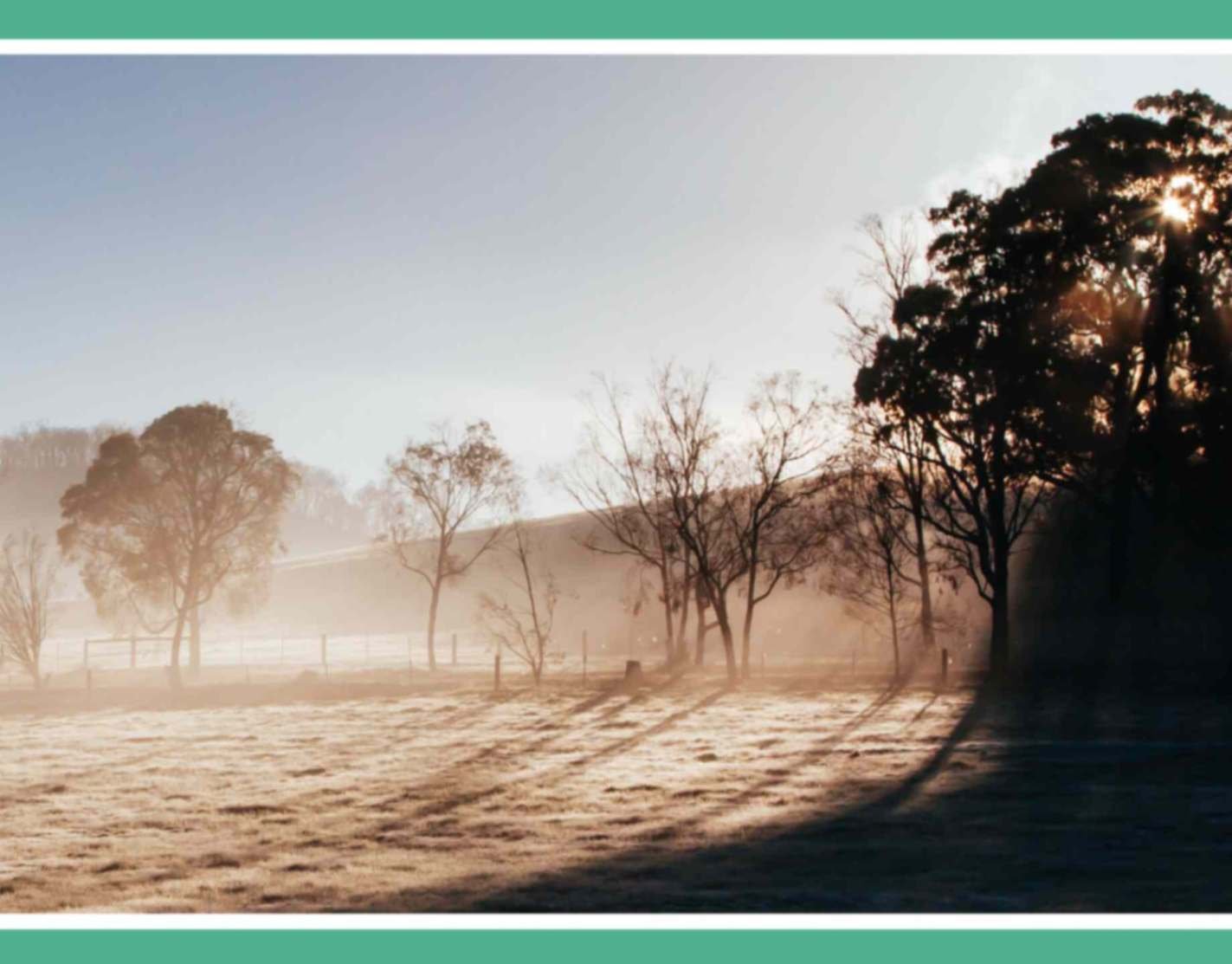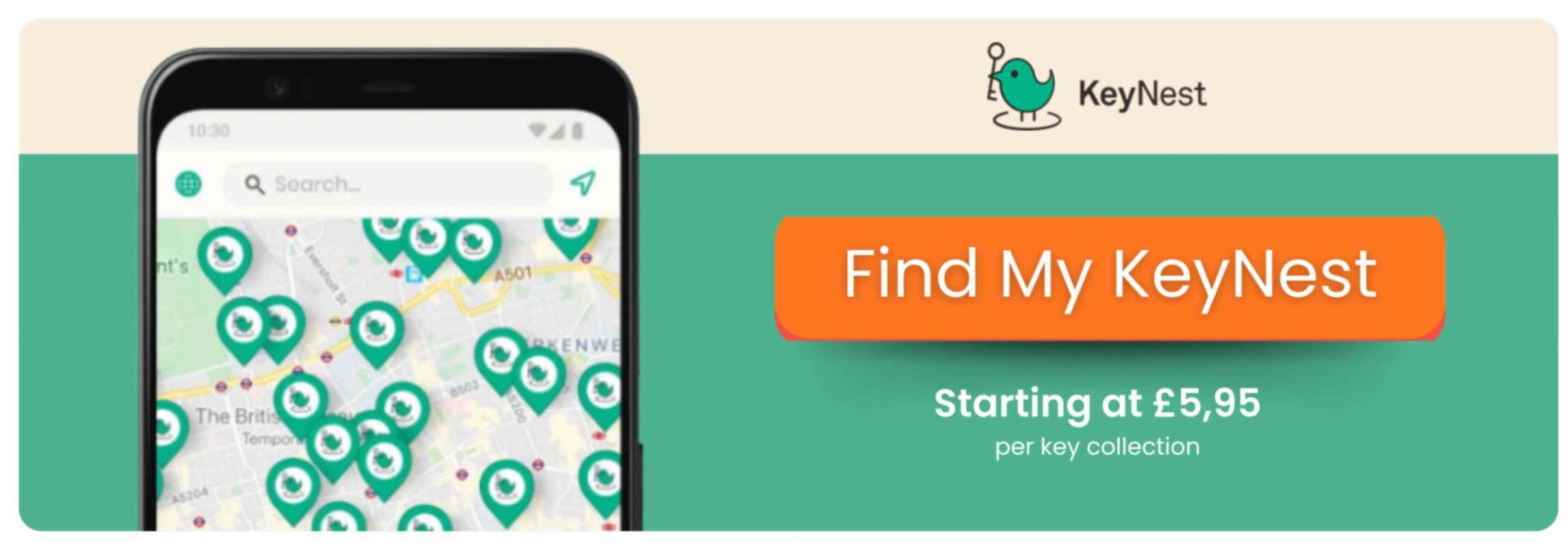Managing Energy Bills In Winter: A Guide For Airbnb Hosts
As winter approaches, it's important for Australian Airbnb hosts to prepare their rental properties for the colder weather. One important aspect to consider is how to control central heating in a way that keeps guests comfortable while also managing energy bills.
Read on, as we figure out the best ways to tackle the heating bills hike for Airbnb hosts in 2023/2024.
Fair Usage Clause
One simple way to make sure your guests understand how to manage heating in your rental property is to include a "fair usage" clause in your short-term rental agreement. While it's a given that heating is included in any short-term stay, there are some guests who may go overboard with the heat, setting the temperature to a toasty 30 degrees C and leaving the windows wide open all day long. By adding this clause, you can protect your revenue for the duration of their stay.
Remote Thermostat Control
Ask any seasoned Airbnb host and they'll tell you: never give guests full control over the thermostat in your rental property. Instead, consider using smart energy meters and apps to set default temperatures for different times of the day when guests are usually out exploring. This can help save on energy costs while keeping your guests cozy and comfortable. Plus, it's handy to have the ability to remotely turn off the heating during periods when the property is unoccupied.
But what about those chilly guests who still feel cold despite your best efforts? Fear not, because there are tech solutions available to help. Some products offer a "boost" remote that guests can use to increase the temperature inside the property for a limited time, such as one hour. With these solutions in place, you can strike the perfect balance between guest comfort and energy efficiency.
Airbnb hosts in Australia have a range of popular choices when it comes to controlling heating in their rental properties.
Nest Learning Thermostat - a sleek device from Google that uses motion detectors to learn when to lower the temperature. It can even be used to control the water heater and automatically turn off the boiler during void periods, making it a great choice for hosts who want to save on energy costs.
Inspire Thermostat - has the added feature of connecting with your booking system. This means that it can automatically lower the heating during void periods when there are no guests present, making it another excellent choice for hosts who want to keep their energy bills in check.
Install Insulation-Supporting Curtains
It's worth considering solutions inside your property that can help maintain a comfortable temperature throughout the year, in addition to heating. Let's face it, not everyone has the budget or time to invest in new insulation for their property, but there are plenty of small improvements that can make a big difference in reducing heating-related costs.
One such improvement involves keeping the heat or cold inside the house. Installing thermal insulated curtains is a cost-effective option that can have a significant impact on your energy bills. Here are a few points to keep in mind when choosing and installing insulated curtains:
Make sure to buy curtains specifically designed for insulation, not just any curtains. These are usually made of cotton flannel or polyester, which are materials that work best to keep the cold out.
Measure the curtains properly. For them to be effective, they should cover the window by at least 50% on each side. Ideally, they should go from wall to wall.
Consider adding blinds in addition to curtains for extra insulation and guest comfort. Blackout blinds are particularly great for guests with jetlag.
By installing insulation-supporting curtains, you can make a simple yet effective change that will help reduce heating-related costs and keep your guests comfortable all year round.
Some of the online shops offering a good choice of thermal curtains:
Buy Extra Blankets
It may seem like an obvious tip, but providing extra blankets for your guests can help them feel more comfortable at night while also allowing you to keep the heating at a lower temperature. If the blankets are well-maintained and of high quality, they can add a comfortable and warm feel to the bedroom, creating enough warmth to keep the temperature low at night. This simple solution can help you save on energy costs while also ensuring your guests have a cozy and comfortable stay.
Become An Affiliate: Make Money Off Commissions To Cover The Cost Of Winter Bills
This one was suggested by Tommy G. from the “Serviced Accommodation Network” group.
Become an affiliate for your energy supplier, or any other company that could be useful for your guests. You could even recommend local tours or attraction via an affiliate link in order to make some additional money.
Whatever you manage to make off the affiliate scheme, put in your “winter bills” money pot. Every penny counts.
About Us
KeyNest offers you a convenient service for storing and exchanging your property keys. You can drop off a key at any of the 7,000+ locations in our network, so there’s one such Point located next to your property.
Guests, cleaners or contractors can then collect the key securely from a KeyNest Point or KeyNest Locker which is usually open 24/7. You'll be notified each time the key is picked up or returned, and you can even customize check-in and check-out times. By leveraging technology and a global network of locations, KeyNest continues to redefine property management, offering solutions tailored to meet the evolving needs of the rental market..
KeyNest has an ever-expanding global network of locations located just minutes from your property. To find out more you can contact us.
Neil Beltran 10 March 2025


